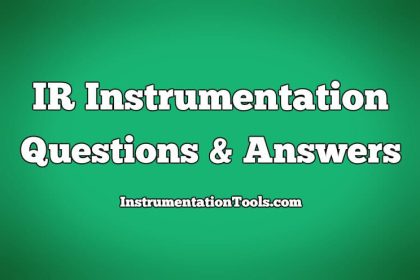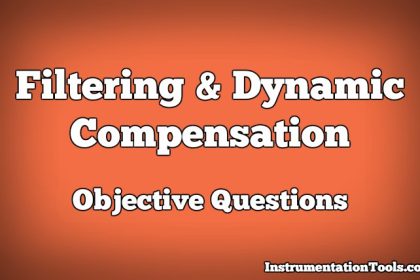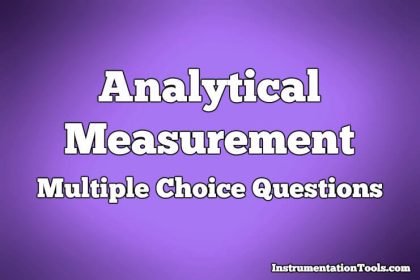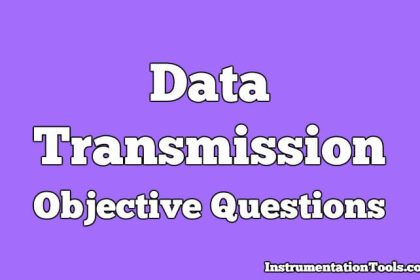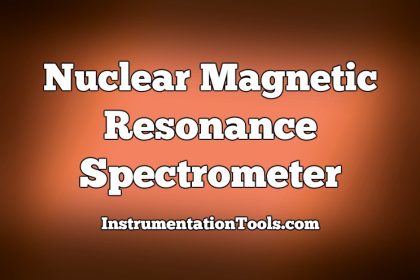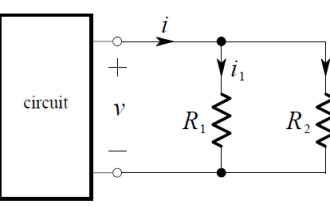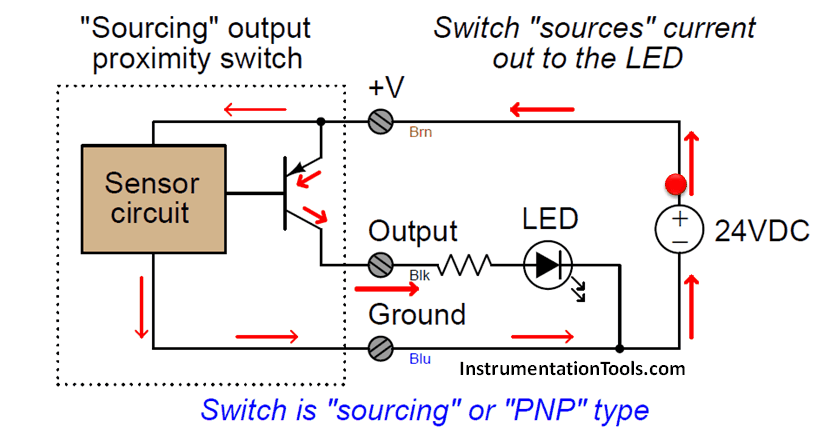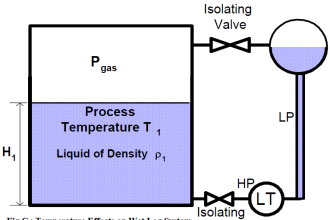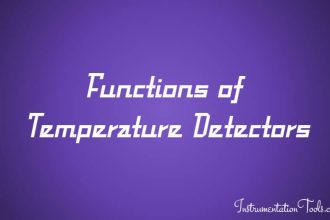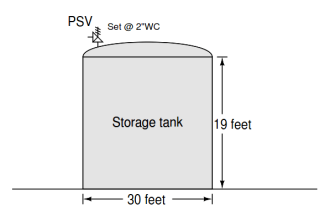Split-Range Control System Questions, Auto-Selector Questions, Ratio Control System Questions & Cascade Control System Questions.
1. An auto-selector control system should be considered when
a. The process has more controlled variables than manipulated variables
b. The process has more manipulated variables than controlled variables
c. Two independent control systems are Dot economical
d. Two or more measured variables must be isolated
Answer: a
2. The auto-selector controller will function only when the measurement inputs are:
a. Interdependent
b. Independent
c. Isolated from one another
d. Flow measurements
Answer: a
3. The ratio controller
a. Can be used with any combination of related process variables
b. Has one measurement in put and two outputs
c. Can be used for even-numbered ratios
d. Must always employ the derivative mode in the controller
Answer: a
4. Two flows are to be ratio controlled, the first is measured with an orifice and the second with a shedding vortex flowmeter. The signals must be:
a. Both made linear by using a square root extractor on the orifice signal
b. Used as if a 1 percent error can be tolerated
c. Both made linear by using a square root extractor on the shedding vortex transmitter
d. Flow-calibrated
Answer: a
5. A cascade control system will increase the natural frequency of the control loop along with having the following inftuence on the magnitudes of the associated time constants
a. Reduce them
b. Increase them
c. Not affect them
d. Have an unpredictable effect
Answer: a
6. In a cascade control system the secondary may be regarded as:
a. A valve actuator
b. An elaborate final control element
c. A means of slowing down regulation of the manipulated variable
d. A sophisticated noise filter
Answer: b
7. If two square root flow signals are to be ratio-controlled and the ratio factor adjusted, the maximum practical factor is:
a. 0.6 to 1.7
b. 0.3 to 3.0
c. 1.0 to 10
d. 1.0 to 1.0
Answer: b
8. A very common secondary loop that may be used with almost any process except flow is:
a. Flow
b. Temperature
c. Pressure
d. Valve position
Answer: a
9. A cascade control system is to be adjusted. You should first
a. Place the primary controller on manual and adjust the secondary controller
b. Place the secondary controller on manual and adjust the primary controller
c. Place both controllers on automatic and go through the conventional adjustment routine
d. Bypass the secondary controller and adjust the primary controller by the conventional method
Answer: a
10. If the time constant of the secondary loop is greater than the time constant of the primary loop, cascade control will:
a. Shorten the period of the total system
b. Lengthen the period of the total system
c. Improve the operation of the system
d. Provide no benefits
Answer: d
11. A duplex controller has the following number of inputs:
a. One
b. Two
c. One for each output
d. As many as required
Answer: a
12. The duplex controller provides the following number of control valve signals:
a. One
b. Two
c. One for each output
d. As many as required
Answer: b
